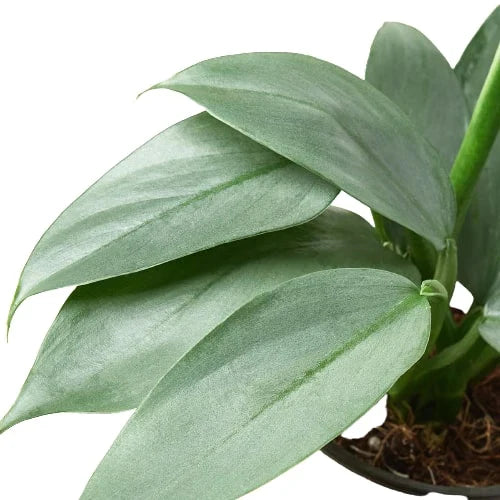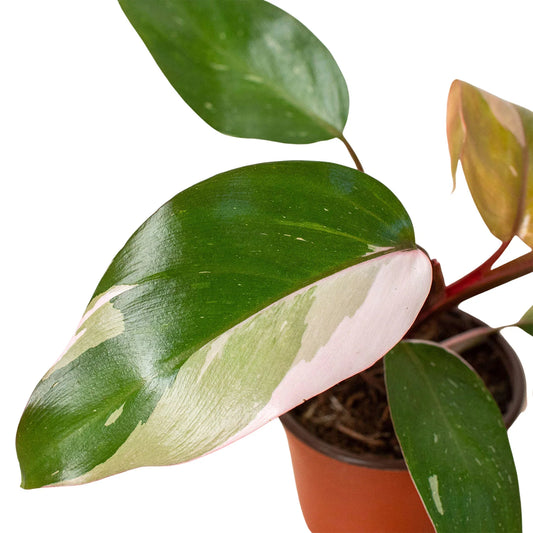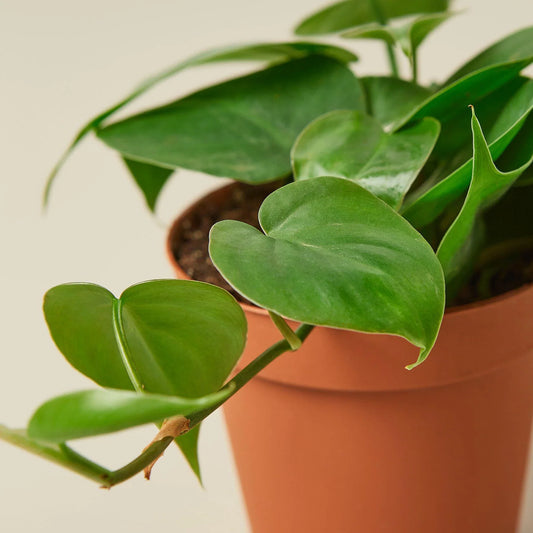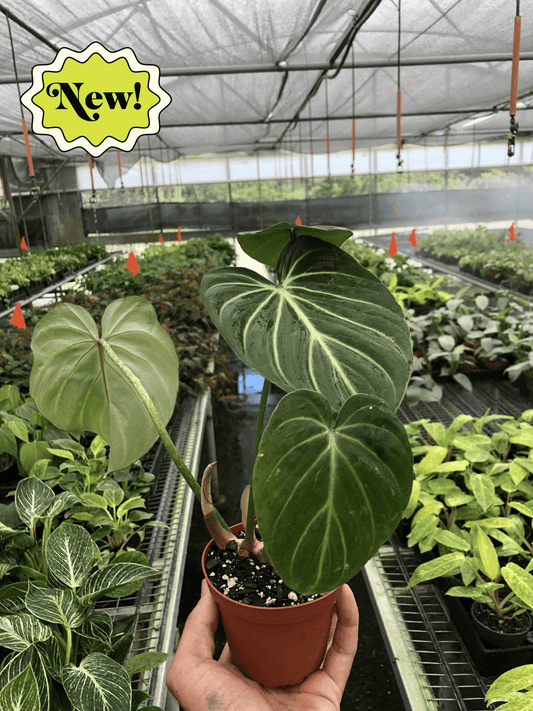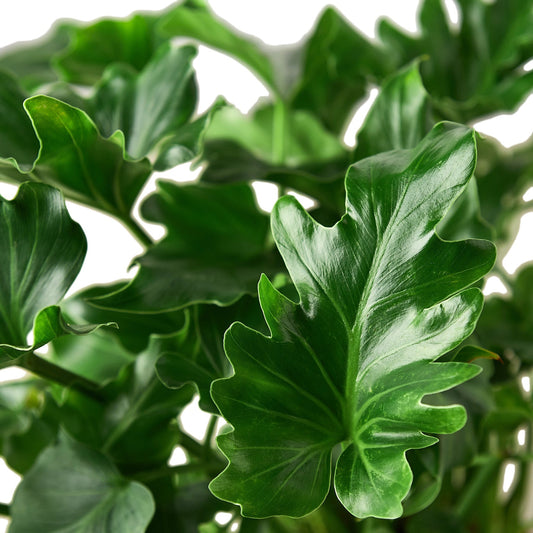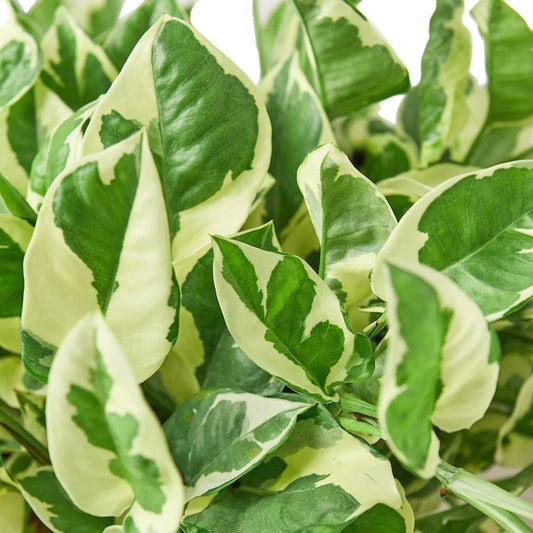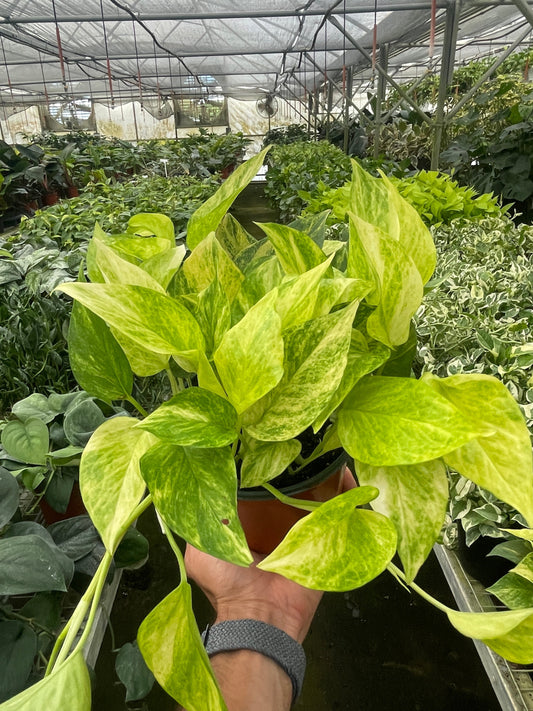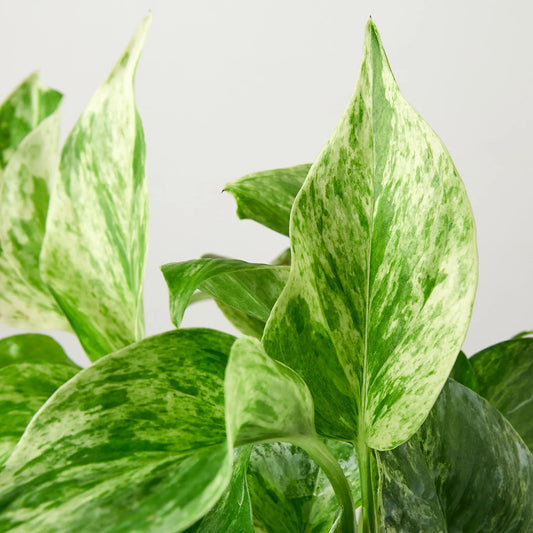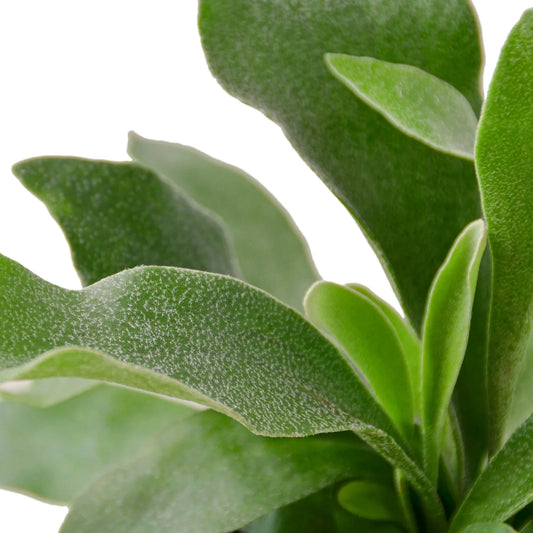The Orchid Growth Stages: From Seed to Full-Grown
Cafe Planta Team
Orchids have long captivated us with their stunning blooms and intricate patterns. These exotic beauties, often seen as a symbol of refinement and elegance, have a fascinating growth journey that many plant lovers find intriguing. Whether you're a seasoned orchid grower or just looking to add one to your collection, understanding the different stages of an orchid's life can make all the difference in nurturing these plants to their full potential.
In this article, we'll take a closer look at the full life cycle of an orchid, exploring each stage from seed to a fully matured plant. From the mysterious world of orchid seeds to the triumphant bloom of a mature plant, we'll cover everything you need to know to support your orchid's growth and keep it thriving.
1. The Orchid Seed: A Tiny Marvel
Orchid seeds are quite different from those of many other plants. They're incredibly small, almost dust-like, and lack the endosperm, a food reserve found in most other seeds. This makes orchid seeds dependent on a symbiotic relationship with a fungus to germinate and grow. Without this partnership, the seeds would struggle to develop since they don't have the stored nutrients needed to kickstart their growth.
It's fascinating how nature finds a way to overcome such obstacles. The fungus provides essential nutrients to the seeds, enabling them to germinate and grow into seedlings. In the wild, this relationship occurs naturally in the soil, but in cultivation, it often requires a bit of human intervention. Many orchid growers use a technique called "flasking," where seeds are sown in a sterilized nutrient-rich gel, mimicking the conditions provided by the fungus.
This stage can be quite tricky, and it's not uncommon for growers to purchase young orchid plants rather than starting from seed due to the complexity of the process. However, for those who enjoy a challenge, watching an orchid grow from seed can be incredibly rewarding.
2. Germination: The Beginning of Life
Once the orchid seed has found its fungal partner, the germination process begins. During this stage, the seed absorbs nutrients from the fungus, slowly swelling and splitting open. This is the first sign of life, as the tiny plant begins to emerge.
The initial growth is incredibly slow, which can be a test of patience for many growers. It's important to maintain a controlled environment with the right temperature, humidity, and light levels to encourage healthy development. In a home setting, using a small greenhouse or terrarium can help create these ideal conditions.
Interestingly enough, some orchid species can take several months to a few years to fully germinate, depending on the conditions and species. Patience truly is a virtue when it comes to growing orchids from seeds!
3. Seedling Stage: A Delicate Balance
After germination, the orchid enters the seedling stage. This is a delicate period where the young plant begins to develop its first true leaves and roots. It's crucial to provide consistent care and attention during this time, as the seedlings are still quite vulnerable.
Watering requires a careful balance – too much moisture can lead to rot, while too little can cause the seedlings to dry out. It's often recommended to use a fine mist to keep the seedlings hydrated without waterlogging them. A word of caution: orchids are sensitive to the chemicals found in tap water, so using distilled or rainwater is often a better choice.
Lighting is another important factor. Seedlings prefer bright, indirect light, which can be achieved by placing them near a window with filtered sunlight. Too much direct sunlight can scorch the delicate leaves, so it’s important to find a spot where they receive just the right amount of light.
4. Juvenile Stage: Growing Strong
As the orchid matures into the juvenile stage, it begins to develop more robust roots and leaves. This is a time of rapid growth compared to the earlier stages. The plant starts to resemble a typical orchid, with more defined leaf structures and a stronger root system.
During this period, you might notice the orchid's leaves becoming thicker and more succulent, which is a good sign that it's storing water efficiently. This is also when the plant starts to prepare for future blooming, although it might still be a while before you see any flowers.
Feeding becomes more important during this stage. A balanced orchid fertilizer can support growth, but it's crucial to follow the recommended dilution rates to avoid nutrient burn. Orchids are quite sensitive, and too much fertilizer can do more harm than good.
5. Developing the Pseudobulb: Storage and Growth
Many orchids, particularly those in the Cattleya or Oncidium groups, develop pseudobulbs – these are thickened stems that store water and nutrients. The formation of pseudobulbs marks another significant milestone in an orchid's development.
Pseudobulbs act as a survival mechanism, allowing the orchid to endure periods of drought or nutrient deficiency. This adaptation allows them to thrive in their natural habitats, which can be quite variable. In your home, pseudobulbs indicate that your orchid is maturing and becoming more resilient.
To encourage healthy pseudobulb development, ensure that your orchid receives consistent watering while still allowing the potting medium to dry out slightly between waterings. This mimics the natural wet-dry cycle that orchids experience in the wild. Providing adequate light is also vital, as light energy fuels the photosynthesis process necessary for growth.
6. Preparing for Bloom: The Spike
The anticipation of an orchid bloom can be quite exciting. As the plant matures, you'll notice a flower spike starting to form. This is often a long, slender stem that emerges from the base of the pseudobulb or leaf axils. The spike is the precursor to the orchid's beautiful blooms.
At this stage, it's important to avoid moving the plant too much, as any disturbance can affect the growth of the spike. Orchids are creatures of habit, and they prefer a stable environment during the blooming process.
Adjusting the light and temperature can also encourage blooming. Many orchids require a slight drop in temperature at night to trigger the flowering process. This mimics the natural conditions they would experience in their native habitats. Consider moving your orchid to a cooler room at night or opening a window to allow the temperature to dip slightly.
7. The Blooming Stage: A Splendid Display
Finally, the moment you've been waiting for – the orchid blooms! This stage is the pinnacle of the orchid's growth cycle, showcasing its stunning flowers in all their glory. The flowers can last anywhere from a few weeks to several months, depending on the species and growing conditions.
Orchid blooms are not only beautiful but also unique in their structure. Many have intricate patterns and colors that attract specific pollinators in the wild. In your home, they can be a striking centerpiece, adding a touch of elegance to any room.
To prolong the blooming period, continue providing consistent care. Ensure your orchid receives the right amount of light, and be cautious with watering. Overwatering during this stage can cause the flowers to wilt prematurely. Additionally, avoid placing your orchid in drafty areas, as sudden changes in temperature can stress the plant.
8. Post-Bloom Care: Preparing for the Next Cycle
Once the blooms begin to fade, it's time to prepare your orchid for its next growth cycle. This involves a bit of post-bloom care to ensure the plant remains healthy and ready to bloom again in the future.
Start by trimming the spent flower spike. Depending on the type of orchid, you can either cut it back to the base or just above a node. Phalaenopsis orchids, for instance, may rebloom from the same spike if you cut it above a node. Others, like Cattleyas, should have the spike completely removed.
During this rest period, consider repotting your orchid if it's been in the same pot for a couple of years. Fresh potting medium will provide the necessary nutrients and space for new root growth. Be sure to use a well-draining orchid mix to prevent root rot.
9. Encouraging Rebloom: Starting the Cycle Again
With proper care, your orchid can rebloom, starting the growth cycle anew. Encouraging reblooming involves replicating the conditions that triggered the initial bloom. This includes maintaining a consistent watering schedule, providing adequate light, and ensuring the right temperature fluctuations.
Some orchids benefit from a period of reduced watering and slightly cooler temperatures to signal the start of a new blooming cycle. This mimics the seasonal changes they would experience in their natural habitats, prompting them to prepare for flowering.
Keep an eye on your orchid's health, watching for signs of new growth. When you start to see new leaves or roots emerging, you know the plant is gearing up for another blooming cycle. With patience and care, you can enjoy the beauty of your orchids for years to come.
Final Thoughts
Orchids are truly remarkable plants, offering a fascinating journey from tiny seed to full-grown, flowering beauty. By understanding their growth stages, you can provide the care they need at each phase, ensuring your orchids thrive.
At Cafe Planta, we're passionate about helping you care for your plants. Whether you're looking for a new addition to your plant family or need advice on plant care, we're here to help. Feel free to reach out to us via email or connect with us on Instagram. Let's grow together!












